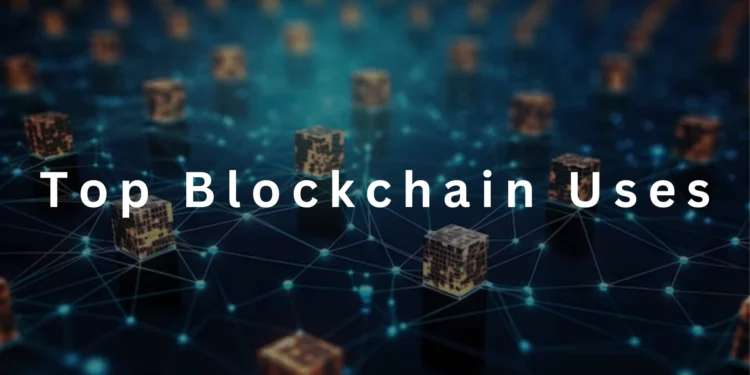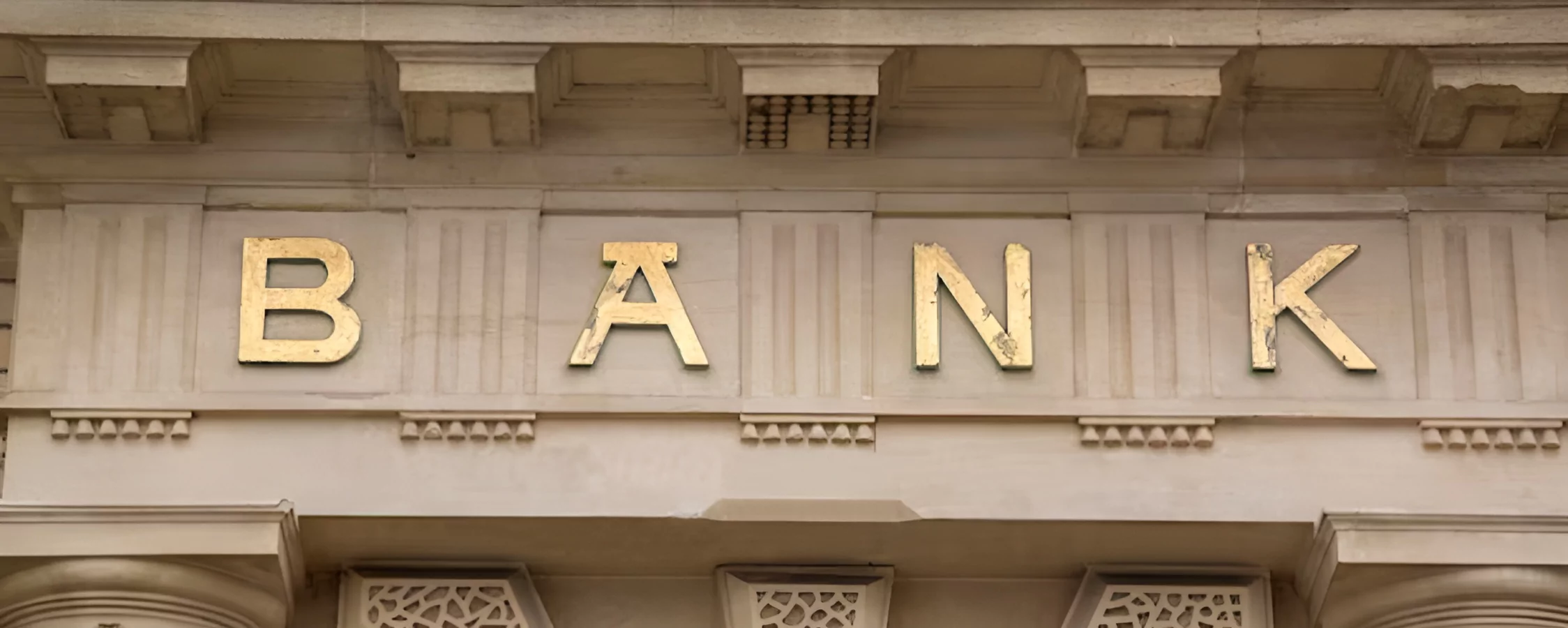When most people hear the term “blockchain,” their minds immediately jump to Bitcoin and other cryptocurrencies. And for good reason, as the development of blockchains and cryptocurrencies are inextricably linked. Bitcoin was the first major application to utilize blockchain technology when it launched in 2009.
However, blockchain is capable of so much more than just facilitating digital currencies. While cryptocurrency remains its highest-profile use case, the underlying distributed ledger technology has the potential to transform a wide range of industries. Blockchain can function independently of cryptocurrency through alternative implementations.
This article will explore how blockchain works at its core and illustrate several emerging non-financial applications that do not involve trading digital assets. These examples demonstrate how the tech’s power extends far beyond payments to empower new forms of organizational management, process automation, and data integrity.
Understanding Blockchain Technology
At its core, blockchain is a decentralized digital record or ledger of transactions shared across a network of computers. The blockchain prevents data from being changed backward without requiring changes to other blocks and the cooperation of the majority of the network. Transactions are recorded programmatically and confirmed through cryptography.
Rather than storing information in a centralized database controlled by a single entity, blockchains scatter the data across many nodes in a peer-to-peer architecture. This distributed network removes the need for centralized intermediaries like banks and provides a single, immutable record of transactions available to all participants.
While best known for enabling cryptocurrencies, blockchains themselves do not require the use of coins or tokens. Their defining value lies in enabling censorship-resistant, append-only data ledgers shared across organizational boundaries. When implemented without an associated crypto asset, blockchains function through permissioned networks where access is governed.
What Can Blockchains Be Used For?
As mentioned earlier blockchains have many uses other than crypto. The following are some real-world examples of how blockchains are used:
Supply Chain Management
Blockchain streamlines supply chain processes like tracking products from raw materials to end consumers. By storing transactional data immutably across firms, all parties gain secure access to real-time information. This improves visibility, and accountability and reduces costs compared to siloed legacy systems prone to single points of failure.
Large retailers and CPG companies experiment with blockchain to address inefficiencies. For example, Walmart tracing food along the production cycle pinpoints exact contamination sources instantly. Manufacturers of electronics and diamonds employ distributed ledgers confirming authenticity and standards compliance at each stage. By digitizing transactions, blockchains automate tracking and paperwork while building trust across complex global supply networks.
Digital Identity
Managing personal identification involves security and privacy risks when ID data resides in centralized databases vulnerable to hacks and leaks. Self-sovereign identity systems based on blockchain distribute identity attributes across the user’s devices and online wallets. Individuals retain full control of private keys unlocking credentials shared selectively and cryptographically verified upon request.
Governments trial blockchain-based digital identity platforms. For instance, residents of Estonia maintain health records, vehicle registrations, and more via their state-issued digital identities powered by distributed ledger infrastructure. Enterprises also explore employee, customer, and Internet of Things device identification through cryptographically assured, yet personalized blockchain identities.
Property Records
Documenting land titles, vehicle registrations, and other property rights consumes massive resources due to paper-based, manual systems prone to fraud. Recording these assets on permissioned blockchain provides incontrovertible provenance accessible globally 24/7. Transactions execute automatically upon fulfilling preset conditions established in programmable “smart contracts”.
Multiple governments partner with technology firms to migrate legacy property databases to the blockchain. Land registries modernized through distributed ledgers streamline ownership transfers, liens, loans, and transactions overall. Individual owners also leverage blockchain notarization to prevent illegitimate claims to physical assets like homes, vehicles, and luxury goods through permanently recorded “nonces of ownership”.
Digital Voting With Blockchains
Blockchain support for end-to-end verifiable, paperless voting addresses barriers to participation while strengthening election integrity. Distributed ledgers ensure vote secrecy yet audibility by cryptographically associating anonymized ballots with voter identities in a tamper-proof chain. Results tabulation via blockchain protocols prevents manipulation.
Several municipalities experiment with blockchain voting for bonding measures and primaries. Military personnel stationed abroad also trial remote electronic voting platforms built on shared ledgers addressing postal ballot delays. Academic organizations pioneer on-chain social choice applications aggregating participant preferences anonymously on decentralized networks. As technology matures, blockchain may facilitate more direct democratic decision-making globally.
Medical Records
Centralized electronic health records incur hacks jeopardizing privacy and allowing selective data access/modification by third parties. Self-sovereign health identities controlled via private keys give patients ownership. Treatment providers update selectively disclosed encrypted personal health data on shared blockchains only with user authorization.
Decentralizing medical records in this manner emphasizes privacy and consent in healthcare. Insurance carriers explore permissioned blockchains verifying claims while facilitating streamlined payments. Pharmaceutical supply chains also implement track-and-trace via blockchains securing medicines against counterfeiting. With trust and security as priorities, healthcare applications remain promising areas for blockchain disruption absent cryptocurrencies.
Conclusion | What Are Blockchains Used For?
While blockchains first emerged supporting Bitcoin, its core characteristics of decentralized data management, transparency, accessibility, and security translate across domains. Removing the cryptocurrency layer reveals potentials far beyond payments in reinventing organizational processes to be more collaborative, trustworthy, and automated through distributed ledgers. To fully benefit society from blockchain, innovative problem-solving outside of finance will be necessary to use this fundamental technology.













